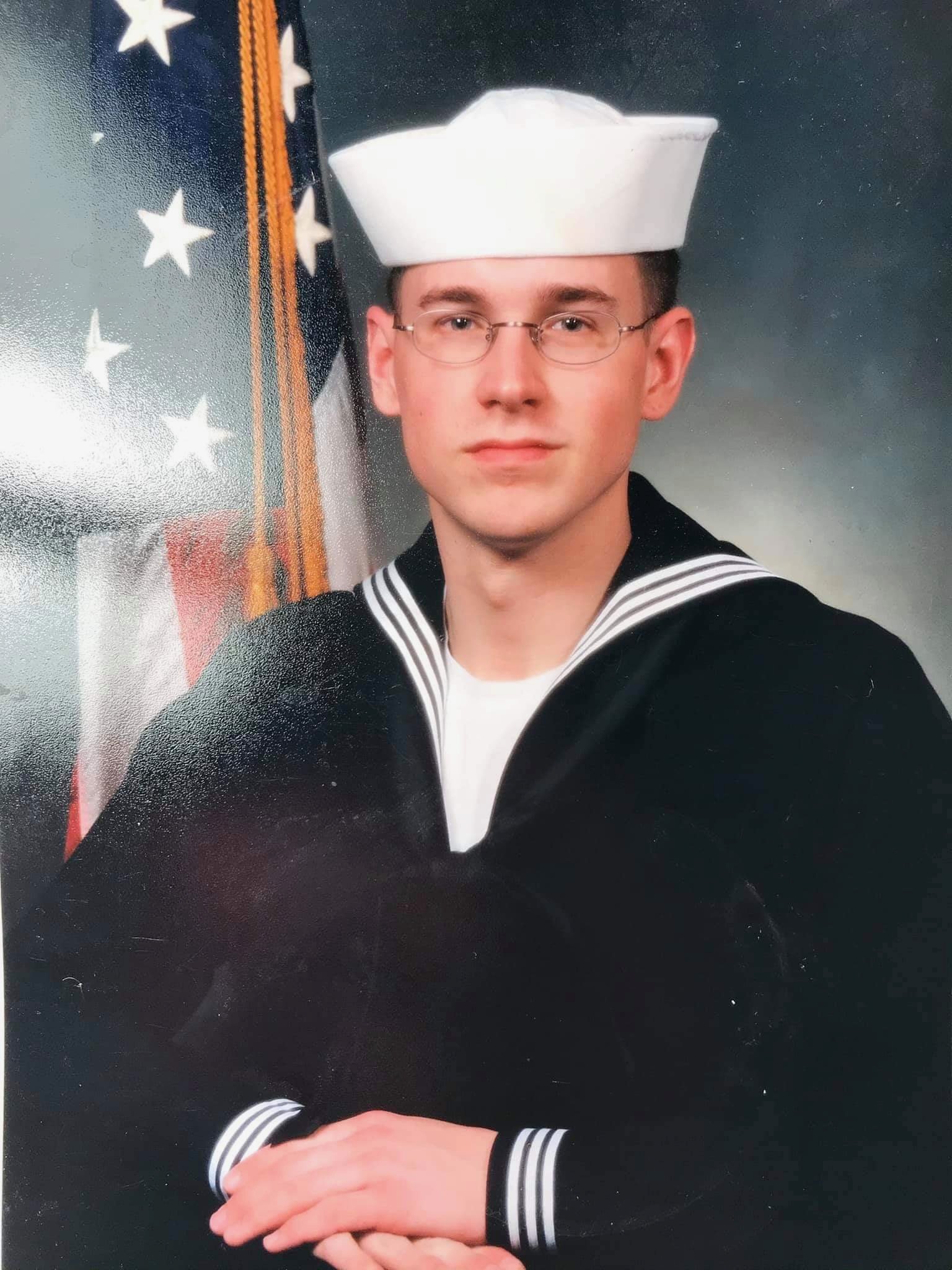Last Letter Home
A poem, discovered in an unlikely place.
In 2022, I received an ancient record from my supervisor, Mike. “This is a personal favor for a friend,” he said. I held the yellowed wax and paper disc by the edges and read the name on the label: SEAMAN GEORGE S—
I looked at Mike with fascination. What is this?
“It’s a letter, on record, from this young sailor to his family, before he shipped out in the Pacific theater during World War II. He never made it home.” Mike paused and looked at me. “Most of his family is gone now too, but this friend of mine is a relative and he’d love to hear it.”
As a Navy veteran myself, and in my current capacity as an audio engineer, I was eager to take this project on. The process of transcription was an arduous one. The record was so old and warped that it was very difficult to discern what was said. I digitized it and then set about “cleaning” the audio through various audio restoration software. The result was good, but it was no magic wand. It was still very difficult to hear what SN George S— had to say.
[Actual audio from this digitization of the record]
So I set about creating a transcript of what I could make out. If the family of our sailor was unable to hear all of the words, at least I could make my best effort at writing what I heard. Again, this was a painstaking process of listening, rewinding, scrubbing the audio. As I slowly re-created the transcript, I started to see, in the repetition, in the slow choosing of words, a kind of poetry emerging. Not that this sailor was a poet (for all I know he may have been), but the way this 70-year-old audio was conducting through my ears, to my brain, and out my pen, was a transliterative process of sorts.
Finally, after weeks of cobbling together the cleanest version of the audio and my transcript to deliver to Mike, I started forming a poem from the record. Utilizing the repetition of the transcription, utilizing the space and the thought and the imagination that I needed to access what was being said, this piece began to emerge.
I call it Last Letter Home, and it was published in North Dakota Quarterly Volume 90 Issue 3/4.
[My reading of the poem, if you prefer]






